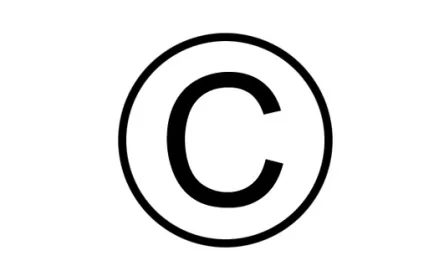The US Court of Appeals for the Sixth Circuit affirmed a district court’s summary judgment grant with respect to a copyright infringement claim related to technical drawings, and reversed the court’s summary judgment grant related to software source code. RJ Control Consultants, Inc. et al. v. Multiject, LLC, et al., Case No. 20-1009 (6th Cir. Nov. 23, 2020) (Donald, J.)
In 2008, Paul Rogers, through his company RJ Control Consultants (RJC), entered into an oral agreement with his friend Jack Elder, through Elder’s company Multiject. Rogers agreed to develop a rotary turntable control system (not for music, but to control a molding system) for Elder, calling the product “Design 3.”
In 2014, Elder asked Rogers for copies of Design 3’s technical diagrams as well as the software source code “in case something happened” to Rogers. Rogers provided the information to Elder, believing that Elder would not improperly use or disclose the information to others. Three days later, Elder informed Roger that he no longer needed Roger’s services and would instead use RSW Technologies for the assembly and wiring of the system. Elder claimed that he was increasingly concerned with Roger’s pricing and decided to switch out Rogers and RJC for RSW. Multiject and RSW used Design 3, both the technical drawings and the source code, in the assembly and wiring of identical new systems.
In 2016, Rogers obtained two copyright registrations, one for the technical diagrams and one for the source code. RJC filed a complaint for several federal and state law claims, including copyright infringement. Multiject and RSW filed motions for summary judgment on all claims, including dismissal of the copyright claims, which the district court granted. RJC appealed.
Multiject and RSW argued that copyright protection did not extend to the software at issue because the software embodied a procedure, a system and a method of operating an injection molding machine, and that is not eligible for copyright protection. They also argued that the use of copyrighted technical drawings to produce a control system did not constitute copyright infringement of the technical drawings for the same reasons that making a recipe out of a copyrighted cookbook does not constitute copyright infringement of the cookbook. Multiject and RSW asserted that to the extent Rogers sought to protect the “use” of his technical drawings to create something else, he should have sought protection under patent law—not copyright law.
The Sixth Circuit agreed. Because the source code and technical diagrams were registered, the validity of the copyrights was not contested. The Court first considered whether physical copying to reproduce the system contained in the drawings was copyright infringement. The Court noted that whether the drawings were themselves reproduced was a separate question from whether the drawings were used to create the system portrayed in that drawing. The Court found that the “manufacture of the control system from the copyrighted technical drawing was not copyright infringement because the recreation of a control system by using a copyrighted technical drawing is not ‘copying’ for purposes of the Copyright Act.” The Court further noted that patent law provides the appropriate protection for such usage because copyright protects the expression of the idea, not the idea itself. Citing precedent back to 1879, the Court explained that it is a fundamental principle of copyright law that a copyright protects an author’s original expression but does not give the author the exclusive right to use the ideas expressed in that work—such ideas may only be protected by obtaining a patent.
Turning to the copyright in the software source code, the Sixth Circuit found that the district court did not analyze the software code, but looked instead solely to the copyrightability of the technical drawings. The Court found the technology to be complex, requiring an expert to answer material questions related to the functionality of the code. As a result, the Court reversed the district court’s grant of summary judgment and remanded to the district court to take additional evidence.




 />i
/>i
